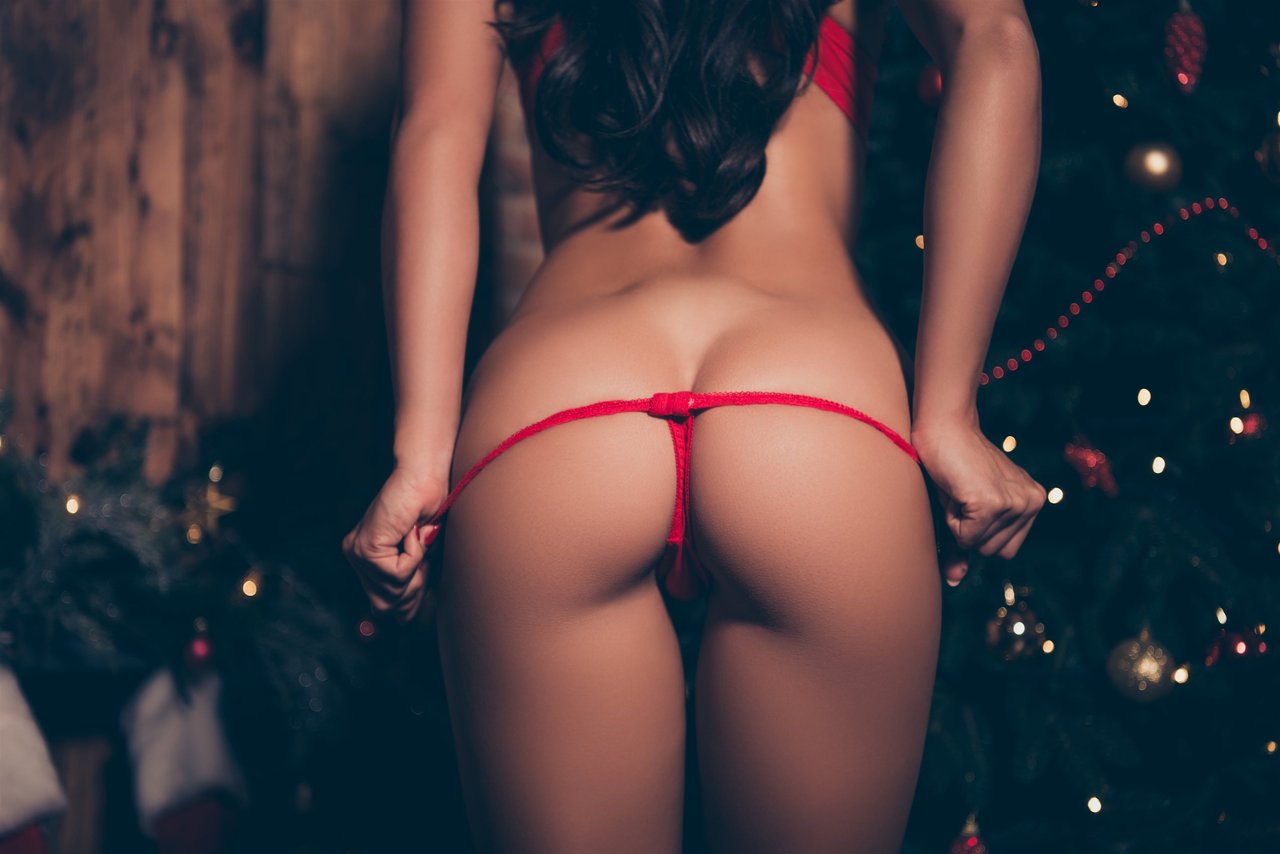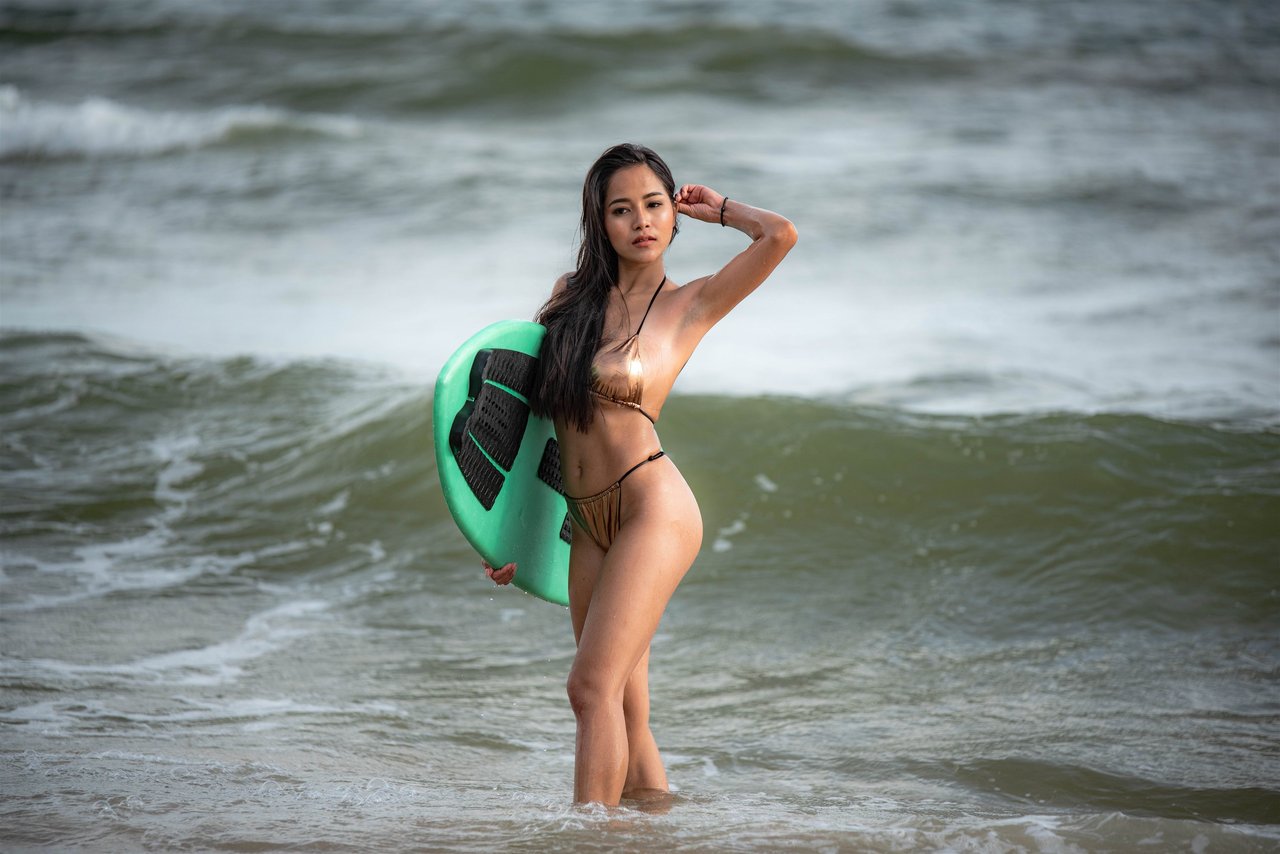Why Bisexual Representation in Media Is a Powerful Force for Change
Ignoring bisexual people for decades didn’t make us disappear — it only made us lonelier. Representation matters because, without it, self-acceptance gets buried under shame and stereotypes. For too long, film, music, and news have erased bisexual identity, treating sexual orientation as either/or. That never matched reality. So when a bisexual character or a celebrity steps into the light, that’s not just news — it’s liberation for millions quietly holding their breath.
Of the 8,038,780 Americans who identified as gay, lesbian, or bisexual in 2011, over half, or 4,187,945, of them identified as bisexual . That’s not a minority within a minority; that’s a voice longing to be heard. Bisexualhookups.org is built on this premise: when you see someone who looks, loves, and lives like you do, something inside you stands taller. Standing proud isn’t just a campaign — it’s survival. And for every person who finds a safe space online or on screen, another myth cracks. Representation still saves.
You know your own story best, but it’s easier to own it when you see it reflected. Visibility isn’t about labels, it’s about having the room — and courage — to exist with pride. This is where the tide begins to turn.
Openly Bisexual Celebrities Inspiring Change and Self-Acceptance
Seeing openly bisexual celebrities share their stories changes the air in the room. Not all coming outs are met with applause, but every one increases bisexual visibility and makes the journey easier for the next person. There’s a comfort in knowing you’re not alone — and there’s power in seeing someone else take the risk first.
Artists like Halsey, Sara Ramirez, Alan Cumming, and Tessa Thompson have stepped up, ditching vague hints for clear, unashamed statements about their bisexual identity. In Hollywood, many still choose silence for the sake of their careers, but this small wave of honesty breaks ground for an ocean to follow. These public figures move the goalposts: they normalize fluid sexuality, and they expand the ways people see gender identity and orientation reflected in real life.
For fans, watching celebrities navigate their authentic selves under the microscope can create a sense of hope. Maybe you’re still figuring things out, or maybe you came out long ago — there’s reassurance in not being a pioneer, and strength in knowing success doesn’t require pretending to be someone you’re not. When fame doesn’t erase truth but amplifies it, acceptance grows both on-screen and off.
Famous Bisexual People Are Shaping Conversations on Sexuality
Some names transcend labels; others wear them out loud. Famous bisexual people come from every walk: actors like Evan Rachel Wood, pop icons like Lady Gaga, athletes like Megan Rapinoe, and even outspoken writers like Roxane Gay. Each one adds something to the public understanding of bisexual identity. These stories aren’t just headlines — they’re proof that the binary doesn’t fit everyone.
The influence goes deeper than applause or criticism. When Megan Fox, Billie Joe Armstrong, or Stephanie Beatriz talk about their sexuality, it cracks old stereotypes wide open. It tells your neighbor, your sister, and maybe even you, that bisexuality is neither rare nor shameful. It’s as real as the faces you see on magazine covers and primetime screens. This patchwork quilt of visibility changes culture, one open conversation at a time.
Proud, visible bisexual people start movements without trying. They let others breathe easier. Recognition matters — because when society is late to catch up, culture keeps the fire burning. Every new name is another stone in the foundation of acceptance.
Bisexual Actresses Breaking Barriers and Making an Impact in Hollywood
Vulnerability is risky, especially for actresses in an industry obsessed with image. Yet some are claiming bisexuality openly, reshaping the rules in Hollywood and beyond. Sara Ramirez came out as bisexual and nonbinary, then used their TV roles on “Grey’s Anatomy” and “And Just Like That” to push conversations past surface level. Kristen Stewart brings raw honesty to both her film choices and interviews, discussing her relationships with men and women without apology.
For Zoë Kravitz and Amber Heard, being public about their relationships has spurred both curiosity and criticism, but it’s also carved out space for bisexual actresses who want to live and love without ambiguity. In a field stubbornly slow to change, these actors have helped move the dial on bisexual representation. When you see people like them thriving, you learn that the world won’t end if you trust your voice.
Bisexualhookups.org is a gathering place where authenticity is respected. Here, honesty is an asset, not a liability. You’ll find others who seek — and value — the real you, no edits required.
Bisexual Singers Rewriting the Rules of the Music Industry
The stage is for stories, heartbreak, desire, and truth — and lately, more bisexual singers are using their platforms to speak the unspeakable. Halsey, Janelle Monáe, Brendon Urie, and Frank Ocean don’t just sing about love; they insist on telling real stories about fluid sexuality and the messiness of human relationships. Their music rejects the old script, demanding room for every kind of desire and heartbreak.
By saying out loud what others keep hidden, these artists break down the wall between public image and private truth. For many struggling with biphobia or shame, hearing a hit song about bisexual love or identity is a nudge toward self-acceptance. In a world that rewards uniformity, these singers risk comfort for the sake of honesty — and their courage ripples outwards with every note.
Cultural change starts with voices that won’t be quieted. When you see yourself reflected in your playlist, acceptance starts to feel possible, not theoretical. Celebrate the bravery of these performers and let it light the way forward.


